Commercial LED Lighting
17 Billion Dollars of Lighting upgrades are needed in the USA
LED lighting is gaining traction in commercial retrofits in Chicago
At M Lite Solution in Wauconda, Illinois we are shipping out every LED Retrofit we can assemble, and now we have a slew of New Distributors wanting our products Nationally. This shows great traction for the LED Lighting business here in Chicago, which is fantastic news for a growing company like ours. Our LED products are brighter, last longer, and more cost effective than competitive products in the past years.
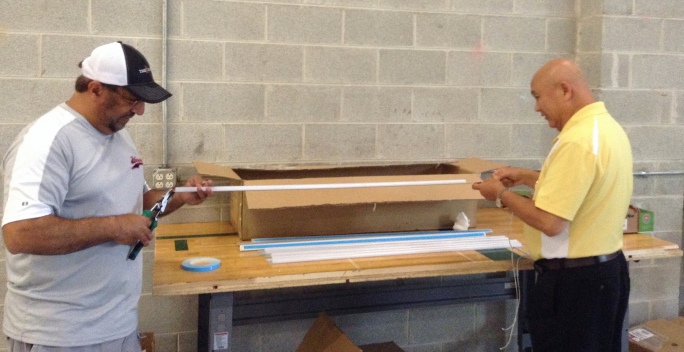
Our recent success is fueled by the creativity of local inventor Dave Rozek, and the combination of Dr. Hasan (formally of Tellabs), and Manny Lin (Professor to China’s Best Engineers). With the recent addition of Michael Lin, an Engineer with a flare for quality control, and the ability to work hands on with Electrical Contractors, M Lite is positioned for years of growth.
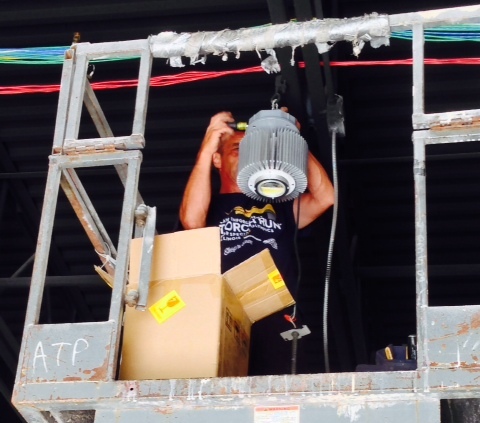
After reviewing the growing LED Market, M Lite is faced the task of looking to manufacture our LED retrofit kits here in Illinois in order to meet the demand of our clients. We are firmly committed to Job Creation here in Chicago, and with 17 Billion Dollars of operational commercial saving waiting for us, we are a few investors or grants away from fulfilling our visions and making them a reality.
Why is the Market so Strong for LED Retrofit Solutions?
If we consider both short and long-term energy and maintenance savings, the impact of LED lighting retrofit projects on the building market has show us how upgrading to efficient lighting give commercial building owners a 60 to 80 percent savings. Not to mention a safer work environment with more efficient employees or students due to the increase of more blue light emitted from LED Lighting. In factories and grocery stores our LED lighting does not normally attract bugs, or flies, which is a proactive action being made by many retailers. A few of the largest retailers to act on these environmentally friendly lighting upgrades are retail chains Walmart and Walgreens.
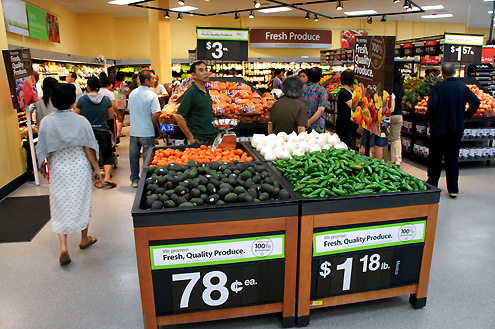
In the LED Lighting market our Retrofit solutions make it easy for major retailers like Walmart and Walgreens to make the switch to more responsible lighting, because they are built to be quickly installed which allows for minimal or zero disturbance in daily business operations. Plus, M Lites LED products are maintenance free during the duration of our warranty. Many major companies have tried to compete in the retrofit arena, but most can not perform and maintain the strong return on investment our M Lite products optimally perform at.
Cost of waiting: Maintenance improvement or Capital Investment?
Such project’s like the one above should be classified for business owners as capital improvement that will increase the market value of the property. By doing an LED upgrade it is common place to see great annual savings that can provide a cash infusion to any consumer of electricity from outdated electrical fixtures that are found in almost every business we venture into. The Cost of waiting chart is based on 100 units being upgraded with a Return on Investment within 2 years.
Through proven leadership, M-Lite remains in the forefront of the design, engineering, manufacturing, and distribution of LED lighting technology. We will grow every day as Chicago continues to led the Nation in Green Buildings.

LED Light Bars designed and assembled in the USA – Wauconda, IL.
 Growing Day by Day
Growing Day by Day
M-Lites.com is a Minority and Veteran owned and operated company born out of the belief that we can design and jointly manufacturer Great LED Lighting for Less. We take great pride in our LED Lighting Designs, and one day look forward to being able to build the majority of our products here locally in the Chicago area.
We will create jobs for our returning veterans and offer a Green Jobs training program with multiple private and State funded institutions in the near future. We are currently looking for a manufacturing location to produce our LED Lighting, Solar and Wind power poles for exportation to Africa, and our Electric Vehicle (EV) batteries that will enter us into a word of battery efficiency that is unheard of in the United States.
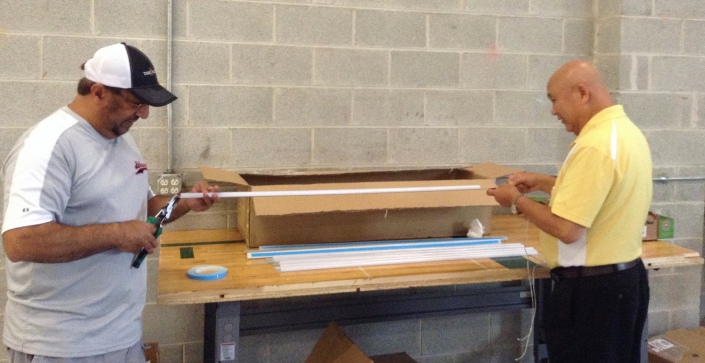
Sustainable Lighting Products are just the beginning
M-Lite Solution provides led lighting that just makes sense; our LED lights promote a more sustainable future, they are affordable, long-lasting, high quality and environmental friendly. We call them Sustainable Lighting Products. Our sustainable lighting products enables commercial clients to reduce energy cost, energy consumption and lower the environmental impact on the planet.
However, our team of engineers, and inventors will not stop at just led lighting. We are creating tomorrows green energy solutions today. We have designed new ion batteries, solar panels, vertical wind turbines, compost digesters, vertical farm lighting, and magnet engines that will make the future brighter than ever before. Over the next three years our growth rate in Illinois will out perform any other Green Products company on the planet.
So when you here about M-Lite Solution in the future being a world technology leader, be prepared to tell people that M-Lites is a home grown company built right here in Chicago, and you told them it is so.
Big things are coming, Structured to Go Public…
Just around the corned we will bring you off the grid power for lighting that will amaze you as to how cheap energy will become. Our new ion batteries will charge your (EV) Electric Vehicle for 400 plus hours and charge in less than a few minutes. Our new magnetic engines will eliminate the use of gasoline in cars as you know it.
What will the oil companies do when their product has a lower demand?
Stay tuned Planet Earth, the impossible will now become possible….
Pot LED Grow Lights, M-Lite LED Grow Lights

At M-Lite use the newest technology, DMX and PMW control way. There are four individually adjustable channels including; Automatic, Veg, Flower,and UVB channels. The unit provides a dimmer and timer, with 2.4 GHz wireless intelligent control with multiple join technology. Steady and smart voltage auto-switching regulating power supply, adjusts to the appropriate voltage for international use.
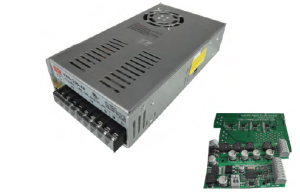
-
Actual power draw 350 watts
-
1.7 amps @ 220V;3.4amps @ 110V
-
Power Factor(PF): > 0.96 Frequency: 50/60Hz
-
AC Cable Length: 4ft
-
Universal Input Range:100 to 240VAC / 50 to 60Hz
-
UL, CE, & ROHS
M-Lites LED Grow Lights emit the exact spectrum of light needed for photosynthesis and all phases of plant growth
LED Terminology – Kelvin, CRI, and Luminous Flux
LED Lighting Terminology
Color Temperature and Color Rendering (Kelvin and CRI): There are two standard measurements for the color characteristics of light: “color rendering index” (CRI), a term used to describe the extent to which an artificial light source is able to render the true color of objects as seen by natural outdoor sunlight which has a CRI of 100, and “color temperature”, which expresses the color appearance of the light itself.
Color Rendering Index (CRI): Incandescent is used as the base reference of 100 CRI. Compact fluorescent lamps are graded at 82-86 CRI, which is considered high quality color rendering. CRI is a more important consideration for retail lighting design than it is for office lighting. Any CRI rating of 80 or above is considered high and indicates that the source has good color properties. Incandescent lamps and daylight have a CRI of 100, the highest possible CRI. The higher the CRI of the light source, the “truer” it renders color. At M-Lite we strive to manufacture our LED lighting at 80 CRI or better.
Color Temperature (Kelvin): Refers to the way color groups are perceived – the psychological impact of lighting. Color temperature is how cool or warm the light source appears. The color temperature of a light source is a numerical measurement of its color appearance. This temperature is based on the principle that any object will emit light if it is heated to a high enough temperature and that the color of that light will shift in a predictable manner as the temperature is increased. This system is based on the color changes of a black metal as it is heated from a cold black to a white hot state. As the temperature increases, the color would shift gradually from red to orange to yellow to white and finally to a blue white. Color temperature is measured in degrees Kelvin (K). Colors and light sources from the red/orange/yellow side of the spectrum are described as warm (incandescents) and those toward the blue end are referred to as cool (natural daylight). The sun, for example, rises at approximately 1800 Kelvin and changes from red to orange to yellow and to white as it rises to over 5000 Kelvin at high noon. It then goes back down the scale as it sets.
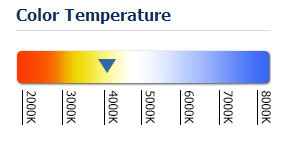
Luminous Flux – the flow of light measured in lumens. With light bulbs, it provides an estimate of the apparent amount of light the bulb will produce. Depending on the application, much of an incandescent’s light is wasted because it’s emitted in every direction. LEDs on the other hand, put out directional light, sending all of the light exactly where it’s needed. This is why an LED producing 500 lumens might be equivalent to an incandescent producing 900 lumens.
Lumens measure how much light you are getting from a bulb. The more lumens means it’s a brighter light; fewer lumens means it’s a dimmer light.
Lumens produced is just one factor of the performance of a light, and sometimes it is misleading. To understand how to fully evaluate the LED product, we need to look the overall system efficiency, optical control, thermal management of the LEDs.
Another factor that can also be very misleading is the life of an LED lights, the life time is defined by how long will the light last before the fixture reaches 20 percent lumen depreciation.
For example, most of the time an LED Light has a life time of 50,000 hours, it does not mean that after 50,000 hours, the LED lighting product will not work at all. It will still be working, but the Lumens it emitts is factored at 20% less than when it was first used.
For more LED Lighting Facts, visit our website at http://www.m-lites.com
What are the benefits of LED – Light Emitting Diodes?
LED Lighting Benefits
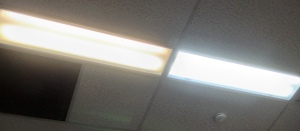
Light Emitting Diodes (LED) are almost unstoppable in terms of lighting efficiency and durability, which make them incredibly resourceful for our sustainable future. They are stylish and cool in many ways, they have such outstanding performance properties that they offer a whole series of practical benefits, including providing healthier light that even improves our moods and a higher blue light that create more tasked focused students and employees. They are more durable, cost efficient, and are environmentally friendly. LED lighting is truly a creative technology, which rightly deserves the title of “Most Innovative Product” in our ERA.
For all purpose lighting illumination, Our M-Lite Solution LED lighting products provide outstanding light, which are already being used commercial, and residential lighting applications. As far as atmospheric lighting is concerned, the multi-colored changing LED lights give inventors like David Rozek enormous creative freedom for outdoor, and indoor LED lighting. These innovative LED lights range from special lamps for military applications, the entertainment industry, and film industry, which inventor David Rozek, and staff are currently building for the next generation of LED lighting.
1. Low Energy Consumption: LED lighting has significantly reduced energy consumption without sacrificing functional efficiency and visual performance. An incandescent bulb is only able to transform 20% of the electricity that it requires into light energy, with the other 80% being given off as heat. when it comes to LED lights they do just the opposite, 80% of the electrical energy is emitted as light energy and only 20% is released as heat. Some M-Lite LED products offer 95% of its energy into to light, and as little as 5% release of heat.
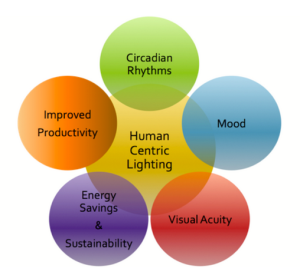
LEDs are also utilized with various lighting control technology which contributes significantly to energy savings. LEDs are fully dimmable with the right driver provided by M-Lite, and are easily incorporated into circuits with a variety of sensors, including daylight harvesting sensors, or Human Centric Lighting.
2. Long Life Expectancy: LEDs are also known for having a long life expectancy, especially when compared to incandescent and fluorescent lighting. A LED light can last up to 100,000 hours at full use, which adds up to 11 years of 100% usage. With 50% usage, a LED lamp can last for 22 years. This is a vast improvement to an incandescent lamp’s operational life, which is approximately 5,000 hours if you are lucky.
The LED’s longevity also allows for unparalleled cost effectiveness, since it reduces maintenance costs and the need for regular bulb replacement. This feature is especially useful if lighting is required in areas that are hard to reach.
3. Durability: LEDs are very durable and resilient, and are the choice lighting solutions for areas that require rugged use. Because they don’t have a fragile glass encasement and do not require a filament to function, LEDs can take a lot of jarring and bumping and still maintain their ability to function at peak efficiency. They are known for being resistant to heat, cold and shock.
Because of this particular LED feature, LEDs are they also developed for rugged use in underwater environments, and for exterior and outdoor lighting solutions. This current generation of LED lighting can be exposed to the elements and will maintain a high-performance visually in rugged environments.
4. A Cool Lighting Solution: LEDs are cool – literally. LEDs only emit a small amount of heat compared to other lighting. The LED’s ability to not cause heat build ups works to the benefit of AC units, which translates to added energy savings and cost effectiveness. Which in turn helps maintain a comfortable environment for people during hot, and muggy weather.

5. Sustainability and Green Lighting: LED is currently the favored solution for sustainable or green lighting products. It does not contain any toxic material (e.g. mercury or neon), which makes it environmentally friendly and easier to dispose of than fluorescent lighting. LEDs do produce a very small amount of UV light, but they emit even less than an incandescent light bulb. That is because the amount of UV that it produces is converted to white light by the phosphors inside the lamp.
Because an LED has a very long operational lifespan, it lessens wattage as it does not require regular bulb replacement. LED lighting also features an unparalleled capacity for energy savings, which is a major concern for sustainable design.
6. LEDs do not attract bugs: LEDs offer relief from another problem—insects. UV light attracts insects. With virtually no UV emissions, M-Lites LED lighting products do not attract bugs, and that has made our LED Lighting products very popular in commercial food service industry and exterior building installations of M-Lite Solution lighting where it’s important to minimize the attraction of pesky insects.
Because of these many combinations of truly innovative features M-Lite Solution LED lighting products are becoming the leading choice for those opting for sustainable design and green lighting solutions World Wide. Our LED lighting solutions offer maximum lighting performance and cost effectiveness without the harmful byproducts that come with traditional lighting solutions. LED lighting is simply your best option, and are more affordable than ever with M-Lite’s LED Lighting Solutions.
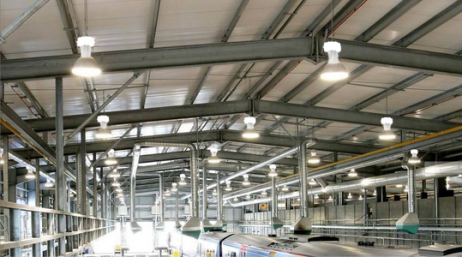
LED Lighting Retrofit install Video
Through proven leadership, M-Lite remains in the forefront of the design, engineering, manufacturing, and distribution of LED lighting technology.
-
Unique in design with maximum capacity of lightning
-
Significantly less energy consumption than fluorescent lamps
-
Most cost effective LED technology in the marketplace
-
Maintenance free, UL approved, and easy to install
In less than 10 minutes you can reduce your fixtures consumption with our LED lighting technology. Enjoy better lighting, while saving money with our easy to install retrofit kit from M-Lites.com
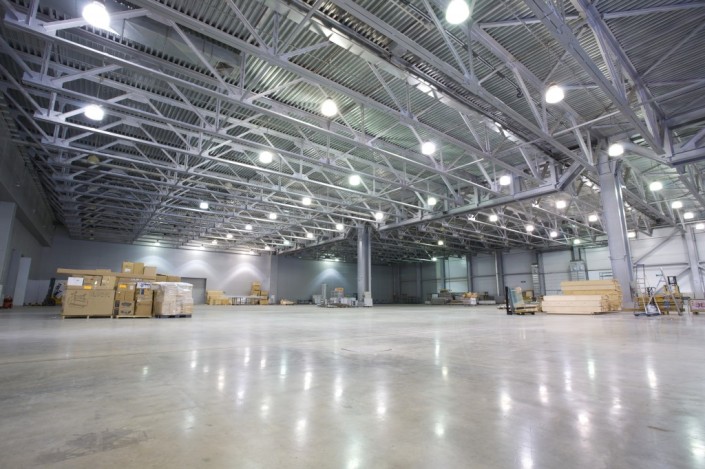


















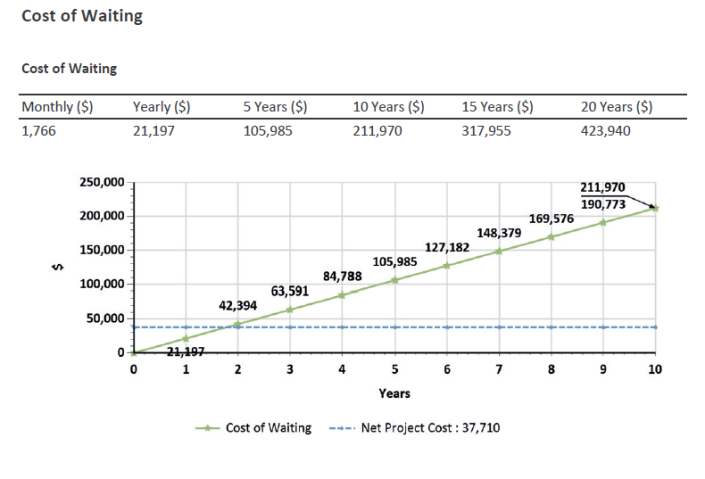
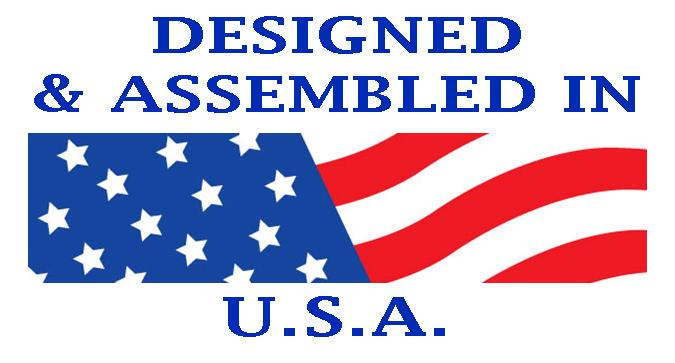
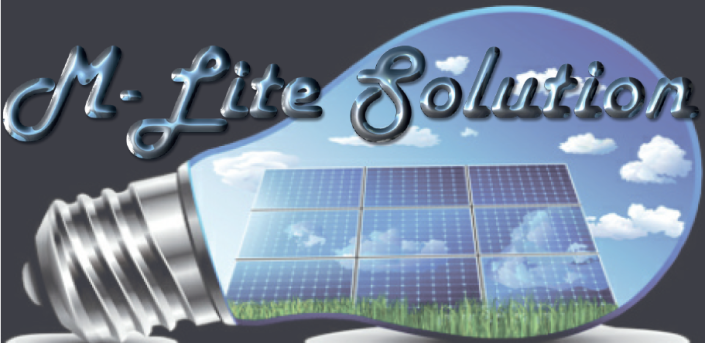
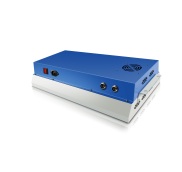

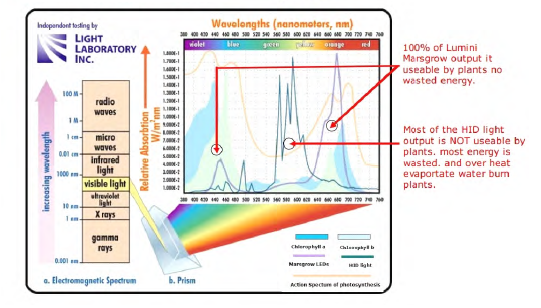

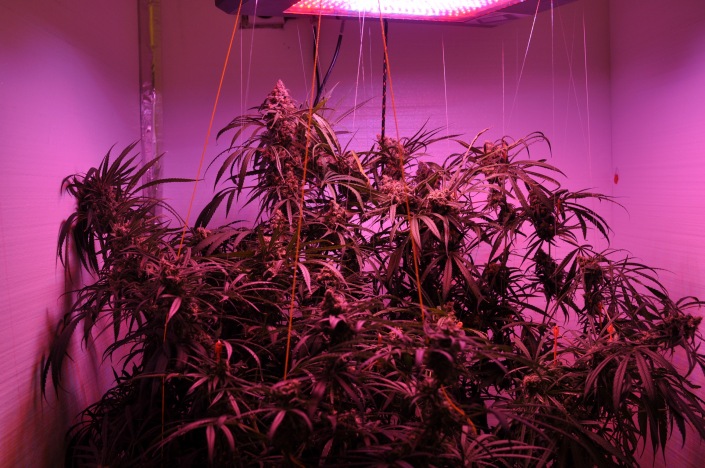

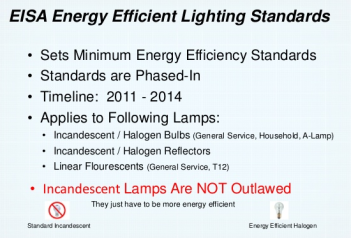
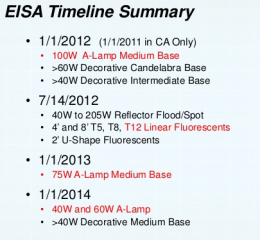


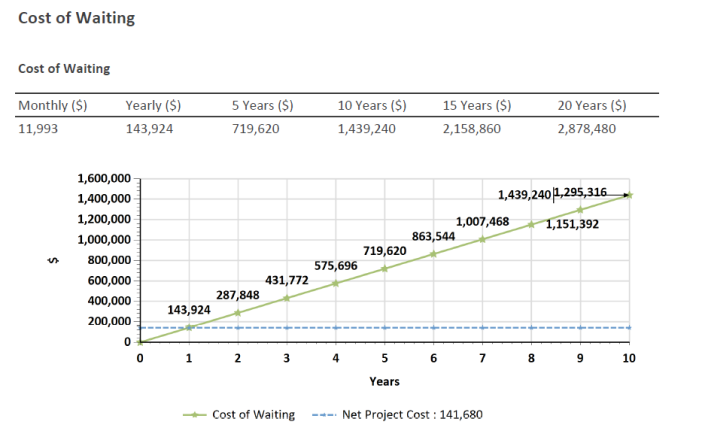
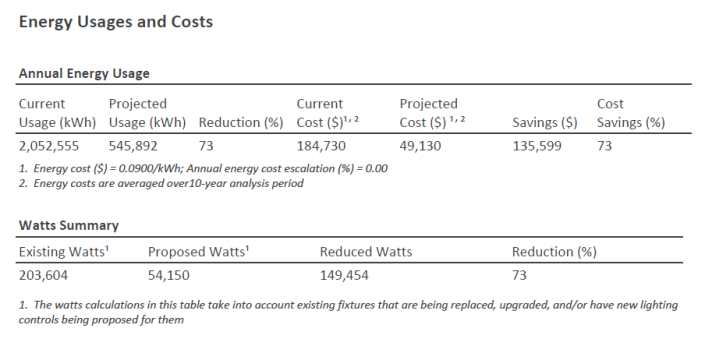
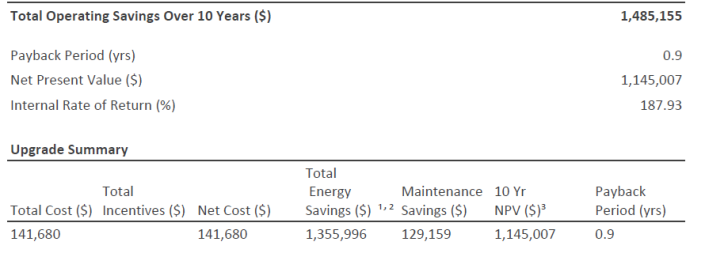
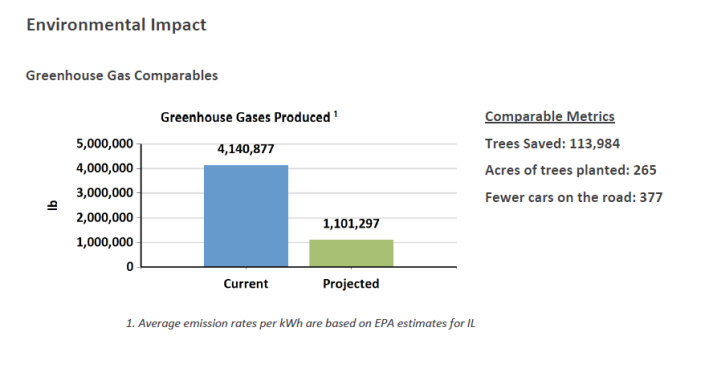
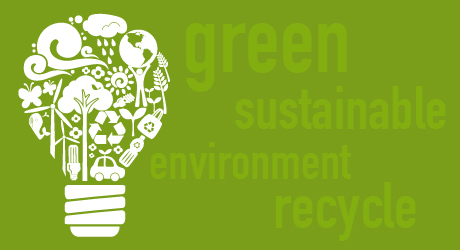
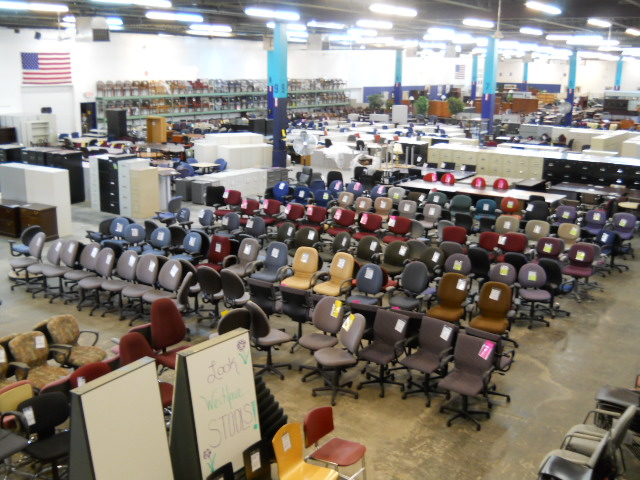
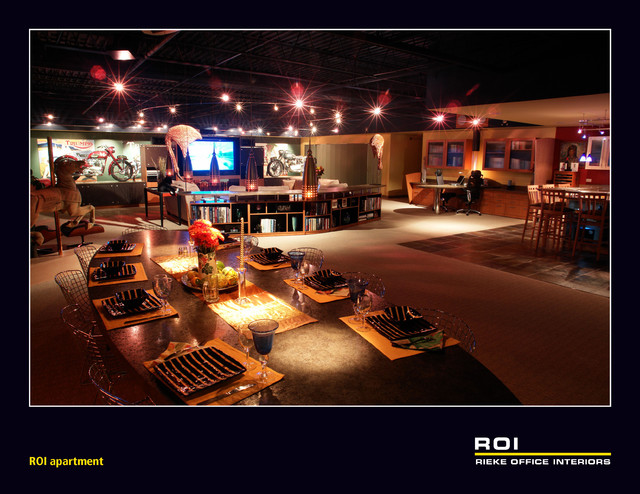
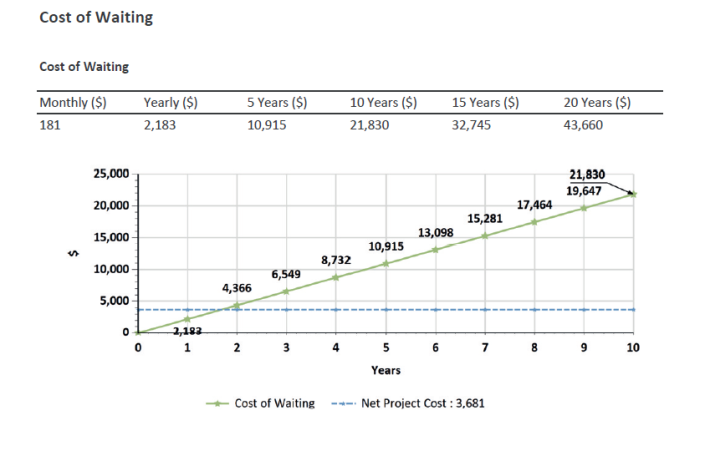
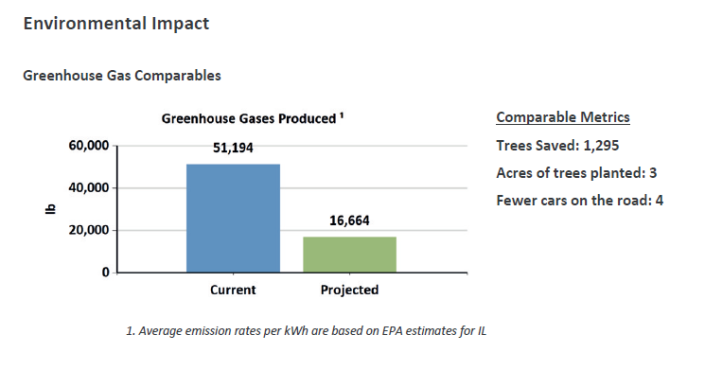
Patent Designer / Inventor at M-Lite Solution LLC
Hello Mike,
Our products are a little different. Our Ultra Slim Led Light Bar, is built based on our patented design. They run cooler, brighter, and use a fraction of the energy our competition uses. Most retrofit kits from the Asian market are not UL approved, or DLC listed, because they do not qualify or prefer to sell products cheap.
Also, most of those countries products are not heat sink well and choose not to build commercial lighting products with the proper type of drivers based on cost of goods.
I am also very fortunate to have partners that are Engineers in multiple fields. One of my partners has been the professor to the Best Engineering minds in China for years, and was appointed by the Premier of China to do so.
When it comes to price we are very competitive and our demand is more than our on-hand supply. When we raise our production level this fall, our price point will drop even more. This will widen our advantage in the LED Retrofit Market for commercial end users.
We have strategically prepared for this market, and we also warranty our products in the USA. Many Asian made products take too long in the warranty process for end users to maintain good relationships with the supplier chains and they also are not cost effective for warranty claim processing by consumers because of the cost to ship products to Asian for repair or replacement.
In addition, we respect all manufacturers of solid state lighting, but we know it is a growing market that we can grow with them based on the demand of the market.
Additional information about our LED Retrofit Products:
Our LED 2 Light Bar Systems provide 3400 Lumens, while only consuming 34 Watts, and have become a first rate option for many Electrical Contractors in the Midwest. Our 3 LED Light Bar provides 5100 Lumens, and consumes only 50 Watts.